Retrofit curbless shower in existing concrete slab?
I have clients (I’m an architect) who have an existing home with an unfinished basement which they would like to finish, including adding a bathroom. The wife is in a wheelchair, and they’d like the new shower to be curbless. Is it possible / advisable to cut a recess into the existing slab to make the shower floor level with the bathroom floor (sloping toward the shower drain)? I don’t know the thickness of the existing slab, although by Wisconsin code it must be at least 3″ thick.
I’d appreciate any advice.
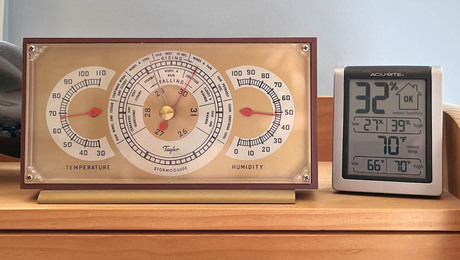
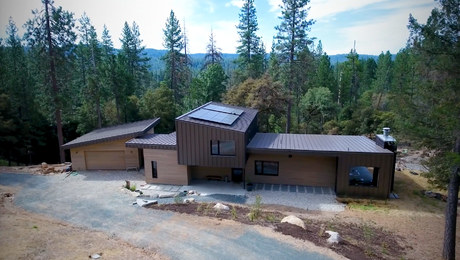








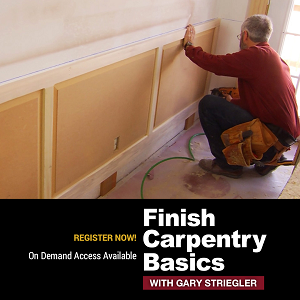

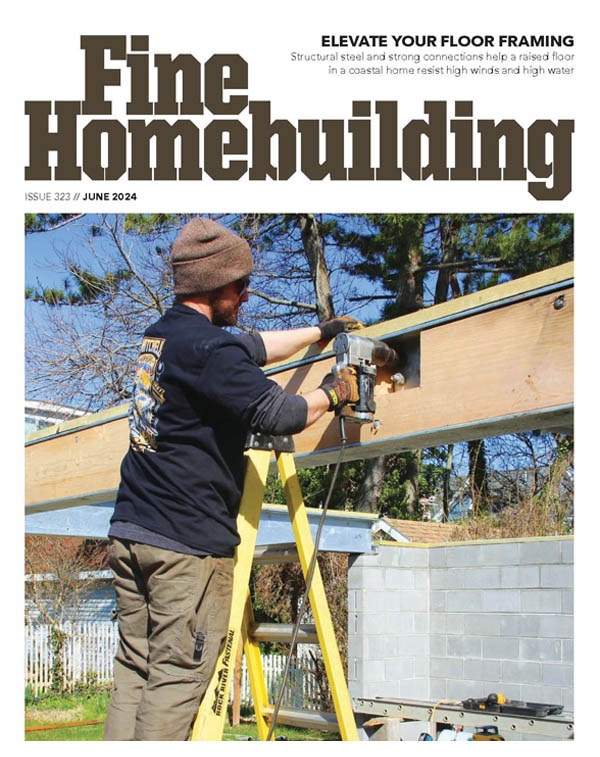

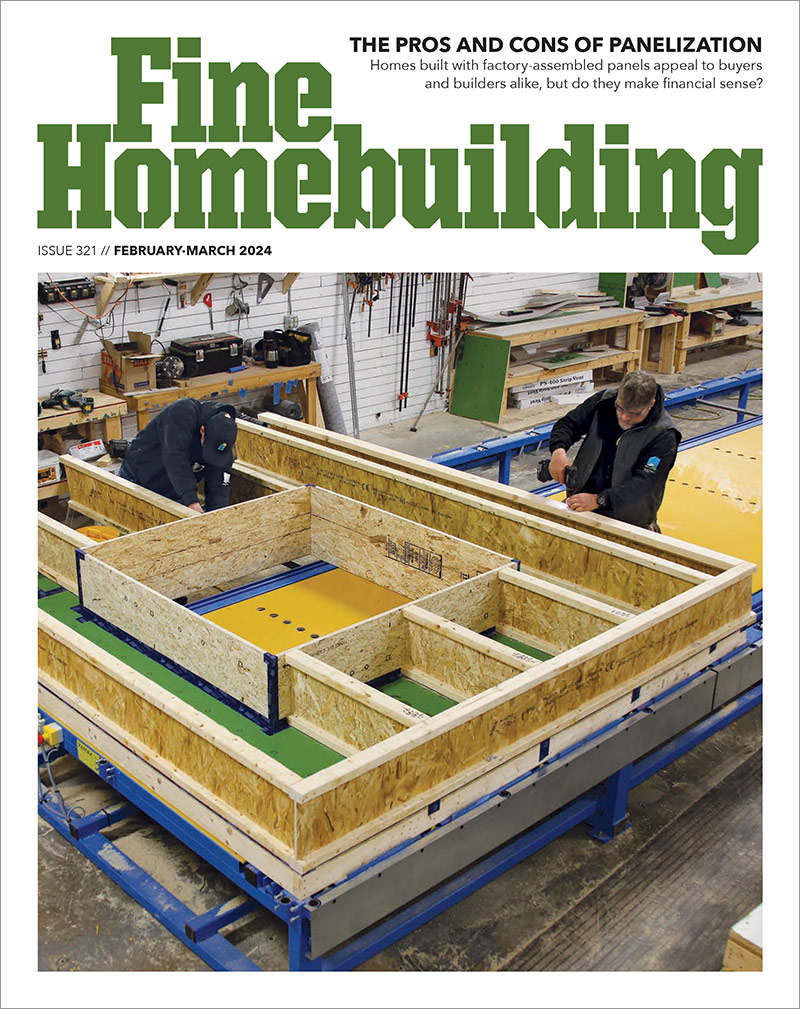
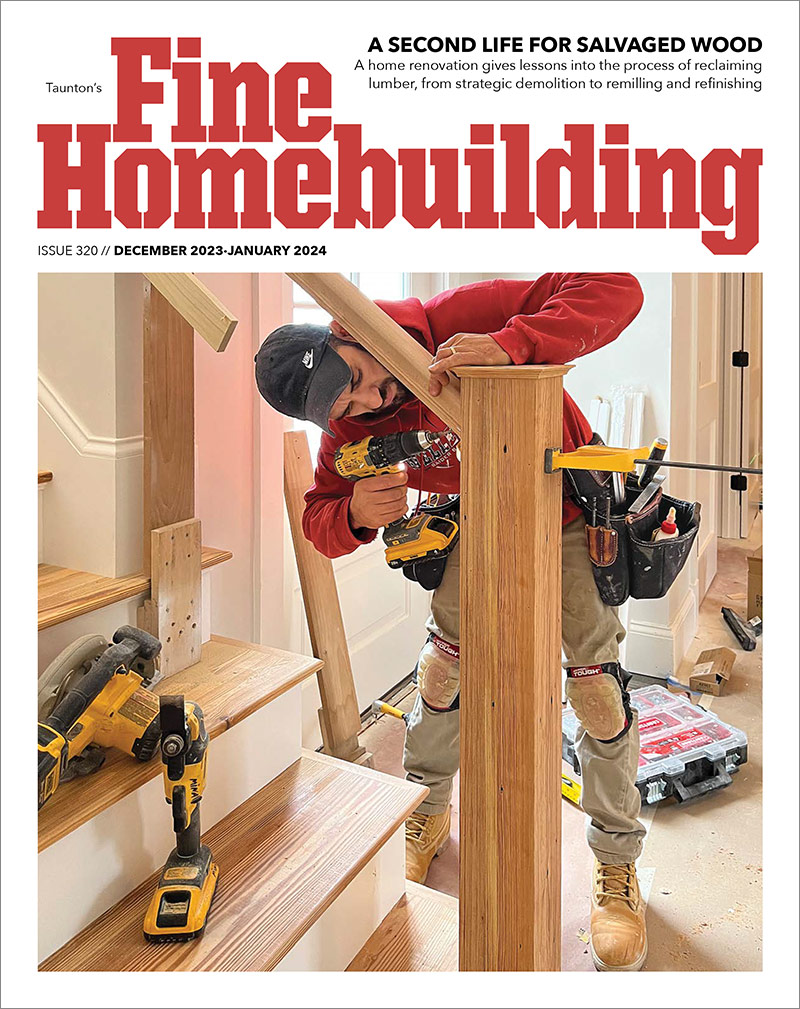
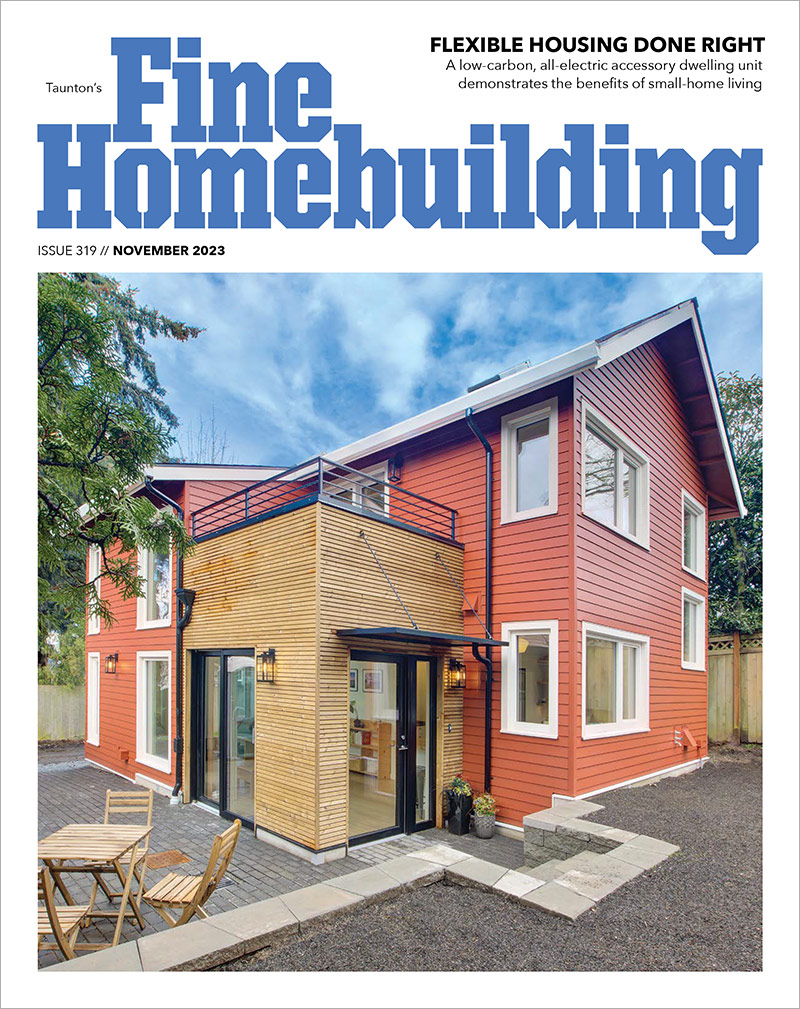

Replies
If code says the floor must be at least 3" thick, you can safely assume it's at least 2" thick (in most locations). And it maybe 8" thick in other locations.
If you are installing a bathroom in a basement that previously had none, you will have to dig up a fair amount of concrete, regardless. Having to dig up another ten square feet or so is no big deal.
You do need to make sure that the grade of the sewer lines is appropriate for this installation. It's possible that the sewer line running to the street is installed a hair too high.
Thanks for your quick response! Should the contractor dig down so that he can pour a new slab under the recessed shower floor that is at least 3" thick, as the code requires?
I would be rather surprised if it were possible to do your shower without excavating the full depth off the existing slab. The slab would have to be at least 6 inches thick for it to work out that it could be left in place. And keep in mind that he will be excavating for the drain anyway, so there's little advantage to trying to save the existing slab.
But this really up to the contractor. If he does not have the knowledge needed then find another one.
Si. Yes.
Yes, with proper planning, and knowing what you are cutting in to, you can cut out a footprint in the existing slab, excavate down, place your plumbing, and pour new concrete with the elevation of your new pour being a few inches lower than the elevation of the original slab. If you can pin or dowel the new to the old it can help with differential movement.
You'll want to consider insulation and thermal breaks, wire reinforcement, and vapor/moisture control when pouring the new slab.
When done, you'll essentially be left with a couple inch recess or step-down in the existing slab.
When ready to build out the actual shower, you can build the slope with deck mud.
You're probably aware of slope and elevation restrictions for shower floors, respectively 1/4" to 1/2", and 2" minimum.
I highly recomend a topical membrane on the shower floor and walls. If you want a water and vapor barrier, you can use a sheet membane or a liquid barrier with an appropriate perm rating. If you want water proofing but still want to allow vapor transmission, then I'd recopmmend Laticrete's Hydroban.
Being accessable, this shower probably won't have a door. If you're planning a door and you want a seal at the bottom of the door? Consider adding a small speedbump at the shower threshold. It can be a "rollover" type of bump so wheelchairs can easily make it over. Doesn't have to be high, a half-inch works fine. The goal would be that the speedbump will raise the bottom sweep of the door off the floor tile so when the door is opened the sweep isn't dragging across the floor tile and getting chewed up as a result. Not a resuirement, night not even be an issue. Just something to think about.